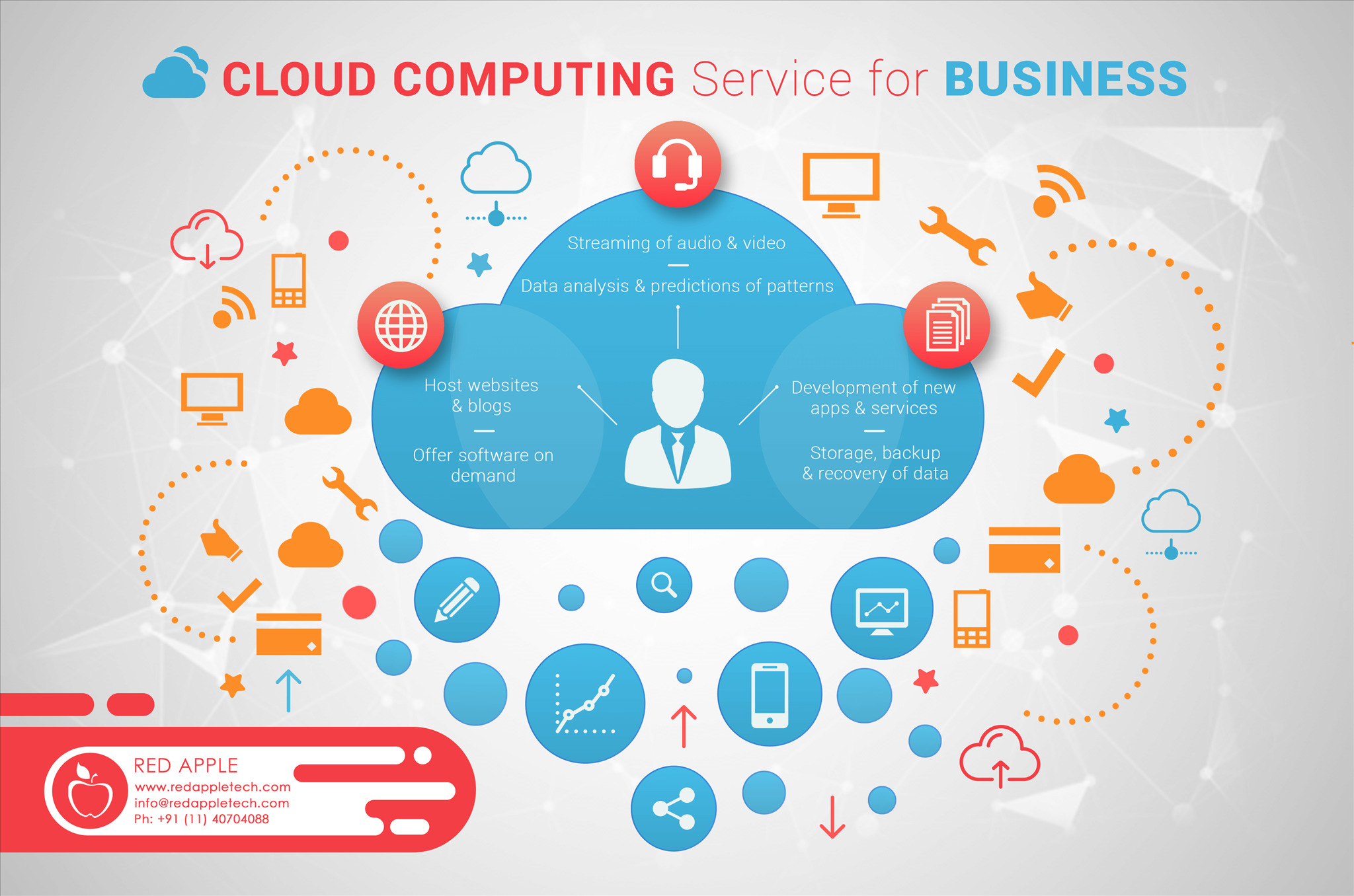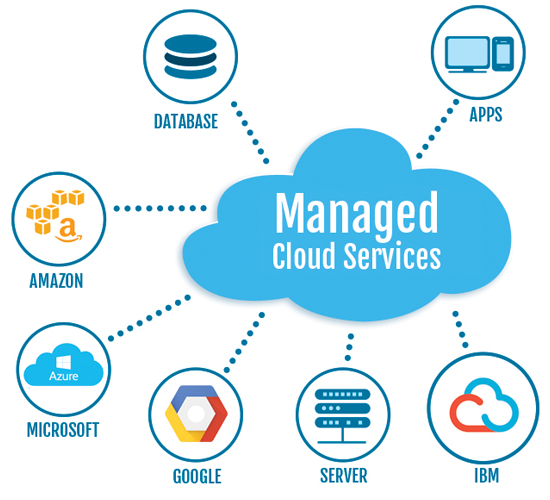Simplify Your Infrastructure With Cloud Solutions
As organizations browse the ever-evolving landscape of innovation and data management, the duty of cloud services in simplifying framework has actually come to be increasingly noticeable. The attraction of streamlined procedures, boosted performance, and enhanced resource allocation via cloud services is undeniable. Nonetheless, the journey in the direction of a much more nimble and cost-effective IT framework includes more than simply migrating to the cloud. It requires a critical approach and a deep understanding of the subtleties of cloud fostering. Just how can businesses successfully browse this transition and genuinely unlock the possibility of cloud services for streamlining their infrastructure?
Benefits of Cloud Provider
Cloud solutions supply a structured method to handling IT facilities, supplying organizations with scalability, versatility, and cost-efficiency. Among the vital advantages of cloud solutions is the scalability they use. Organizations can conveniently scale their sources up or down based upon need, guaranteeing they only pay for what they utilize. This adaptability is particularly helpful for organizations with varying demands or those experiencing development.
Additionally, cloud solutions get rid of the requirement for services to buy expensive software and hardware. This cost-efficiency is a considerable advantage, specifically for little to medium-sized enterprises looking to lessen in advance prices. By utilizing cloud services, organizations can access high-quality IT sources without the significant cost related to standard infrastructure arrangements.
Moreover, cloud solutions offer services with the flexibility to access their information and applications from anywhere with a net connection. This level of accessibility improves partnership amongst teams, allows remote job, and enhances total productivity. The adaptability provided by cloud solutions encourages companies to adapt rapidly to changing market problems and customer demands.
Cost Financial Savings and Scalability
Along with the functional benefits highlighted previously, the integration of cloud services into a company's facilities produces significant cost savings and boosted scalability. Cloud services offer a pay-as-you-go model, allowing businesses to range resources up or down based on existing demands, therefore staying clear of the expenses related to preserving excess ability. This adaptability makes it possible for firms to adjust promptly to rising and fall needs without sustaining unnecessary expenses.
Moreover, cloud solutions remove the requirement for in advance investments in software and hardware, lowering capital investment. General expenses are likewise reduced as companies no longer need to handle and preserve physical web servers, bring about lower power intake and IT staffing expenses. Additionally, cloud solutions supply automatic updates and maintenance, making certain that the facilities stays up-to-date and secure without needing manual treatments.
Improved Safety And Security Measures
Applying rigorous protection actions is extremely important when incorporating cloud solutions right into a business's facilities to secure sensitive data and guarantee compliance with industry policies. Cloud solution carriers offer boosted safety functions such as information file encryption, firewall program security, and multi-factor authentication to reduce cybersecurity threats.
In addition, routine safety audits and compliance assessments help identify susceptabilities and make sure adherence to industry criteria. Firms can also gain from functions like automatic security updates and real-time hazard surveillance supplied by cloud provider. By prioritizing security actions and remaining proactive in attending to potential risks, organizations can confidently utilize cloud services while shielding their valuable information from unapproved gain access to or violations.
Transitioning to Cloud Infrastructure
To effectively integrate cloud solutions right into a company's framework, a structured strategy that addresses the shift in the direction of cloud-based remedies is necessary. Transitioning to shadow infrastructure entails mindful preparation and implementation to make certain a smooth movement procedure - linkdaddy cloud services.
Once the analysis is total, a migration technique must be established. This approach should lay out the timeline, sources, and duties for relocating each element to the cloud. It is important to connect this strategy clearly to all stakeholders to guarantee alignment and decrease disturbances during the transition.
During the movement monitoring, screening and procedure are crucial to recognize and attend to any type of issues without delay. Routine checkpoints should be developed to track development and make necessary adjustments. Additionally, training for staff members on making use of cloud services ought to be supplied to guarantee an effective shift and make the most of the benefits of the new framework.
Ideal Practices for Cloud Fostering
Successful adoption of cloud services rests on the critical positioning of service goals with technological capacities and business readiness. To linkdaddy cloud services press release guarantee a smooth transition to the cloud, organizations must start by carrying out an extensive assessment see this website of their existing facilities and determining which work are best fit for cloud movement. It is critical to involve essential stakeholders from various departments in the decision-making procedure to obtain buy-in and address any kind of concerns early.
One more ideal practice for cloud adoption is to focus on security and conformity. Organizations should very carefully examine the protection measures supplied by cloud service companies and make sure that their data is shielded according to market standards and regulatory requirements. Implementing durable information file encryption, access controls, and routine safety audits can help reduce risks connected with cloud fostering.

Conclusion

As companies browse the ever-evolving landscape of innovation and information monitoring, the function of cloud solutions in simplifying facilities has actually ended up being increasingly famous - linkdaddy cloud services press release. How can companies efficiently browse this transition and really unlock the possibility of cloud solutions for simplifying their infrastructure?
Cloud solutions offer a streamlined method to handling IT facilities, giving services with flexibility, scalability, view it and cost-efficiency. By utilizing cloud services, services can access high-grade IT resources without the hefty price tag associated with conventional facilities arrangements.
To guarantee a smooth change to the cloud, organizations need to start by performing a comprehensive analysis of their existing framework and determining which work are best matched for cloud migration.